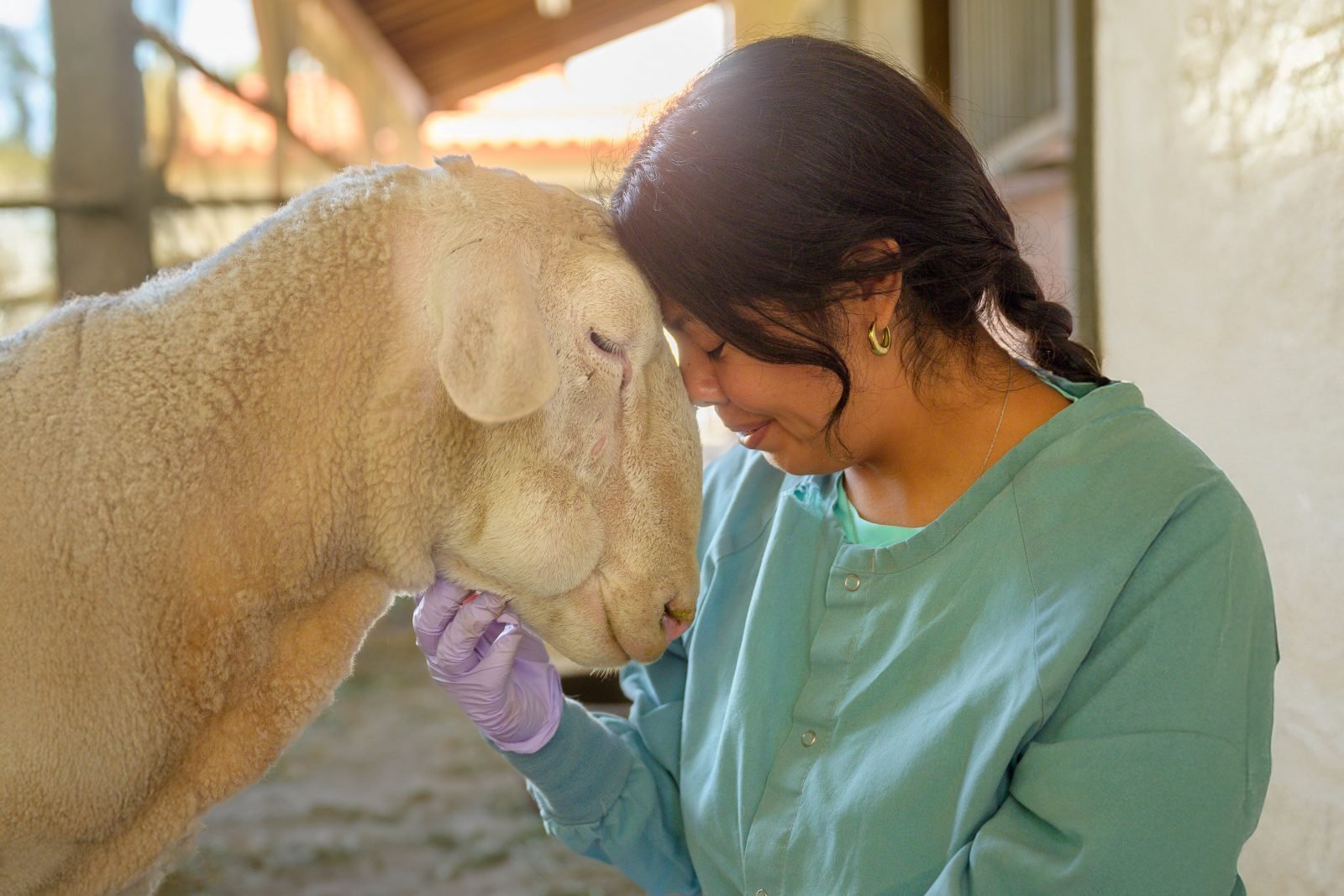Turkeys are hatched inside generic, industrial buildings; raised inside anonymous warehouses; and killed in windowless slaughterhouses. The first time a turkey is seen up-close by anyone outside the industry is only after she has been slaughtered, beheaded, stripped of feathers, processed, packaged, and sent off to the grocery store. We may pass by facilities teeming with thousands of turkeys without ever realizing what goes on inside.

Sometimes, however, a step in the process goes awry, the façade cracks, and creatures who have languished behind its locked doors fall out — and into the public eye. Such was the case for a shipment of industrial turkeys on a road in North Carolina this winter.
As the truck loaded with birds accelerated onto a freeway entrance ramp, more than two dozen very young turkeys tumbled onto the road. They had been headed from a hatchery to a growing facility, where they would have spent the subsequent weeks intensely overcrowded in a dim, perpetually noisy building, enduring unremitting stress and discomfort until they were sent to slaughter — if they survived that long. They would have lived and died without ever knowing a moment’s kindness or experiencing the natural world.
The transport accident easily could have killed these baby turkeys, just as many transport accidents frequently kill farm animals, but instead it saved them. The birds were picked up by local animal control officers, who immediately asked the nearby rescue organization Carolina Waterfowl Rescue (CWR) to take in three of the turkeys who were severely injured. Learning that several more turkeys had been rescued, CWR negotiated the transfer of the remaining 23 birds to their shelter.

The next order of business was to find a refuge for the birds where they would receive expert attention from caregivers versed in the special needs of domestic turkeys. CWR reached out to us, and we agreed to welcome the birds to our New York Shelter. But first came the work of treating broken bones, stitching up lacerations, and carrying out blood-work. As the costs for care mounted, we contributed funds to help ensure the young birds received everything they needed.
Finally, the turkeys were ready for their journey. The original three taken in by CWR stayed with their caregivers, but the rest were New York-bound. Our team made the long drive from Watkins Glen, met a CWR volunteer at the Pennsylvania/Maryland border, carefully loaded up the turkeys, and headed north. It was the maiden voyage of our new transport van, and we are pleased to report that its first passengers approved: The flock arrived at our shelter in good spirits, ready for their next adventure.
Our new arrivals are already making their presence known at the shelter. They talk to each other constantly, using a vocalization unique to baby turkeys that sounds remarkably like human whistling. Although it’s still too early to know for sure, we suspect that all of them are males — as young as they are, we’ve already seen some strutting! Once shut away from view in the factory system, these little turkeys are now impossible to ignore.





